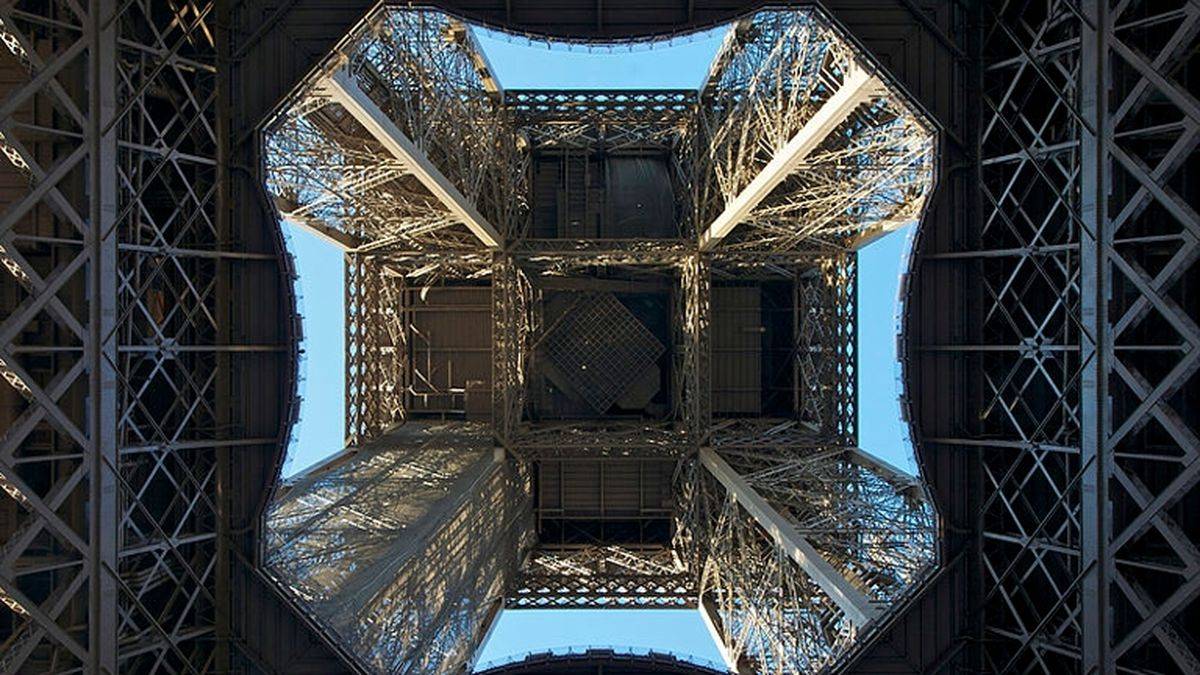 View from under | ©Jebulon / CC0
View from under | ©Jebulon / CC0The tower was designed for the International Exhibition in 1889.
An exhibition ordered by Paris city: they wanted to show France’s rebirth after the hard Franco-Prussian war and the humiliating French defeat.
Cock-a-doodle-doo, the rooster was back! And to mark the occasion, they needed an amazing plan.
Thousands of suggestions started to rush. Especially crazy things!
For instance, someone suggested a giant tower-watering can, very handy in case of scorcher, or a giant guillotine to commemorate victims of the French revolution (1889 was the bicentennial), says the book Guide de Paris mystérieux (ed Tchou)...
Architect Bourdais’ plan (he raised the Trocadéro) first held the jury’s attention: it was a Sun Tower flanked by a huge lighthouse which could light all Paris’ streets!
But this kind of thing, so colossal, has never been raised, before. What about the foundations? Impossible to do!
But meanwhile, engineer Gustave Eiffel, who became famous with the construction of the Garabit viaduct, vaguely worked on a metallic tower. Aah... especially his two partners working in his firm (Eiffel Enterprises), engineers Koechlin and Nouguier!
Maurice Koechlin, above all: this Franco-Swiss from Alsace (Eastern France) had the idea of a metallic tower and drew plans.
Its name? «300 metres Tower». The engineer Emile Nouguier assisted him. Eiffel, at first, wasn’t interested.
But when the two chaps showed him a new version of the tower, few months later, improved thanks to another crew engineer, Stephen Sauvestre, Eiffel bounced: it was amazing!
He filed a patent application in September 1884, on the condition that his name was named first.
Few weeks later, a contract said Emile and Maurice had to give up the patent’s exclusive property to Eiffel...
Gustave had brilliant partners and he only had to take care of the commercial part: to sell his baby!
